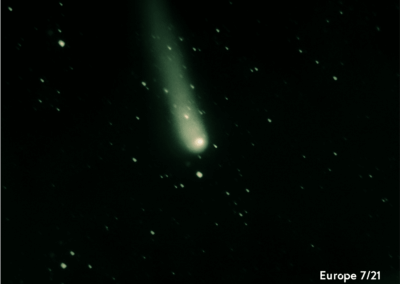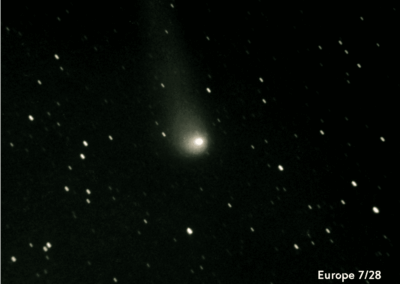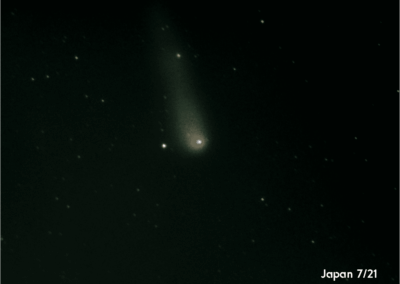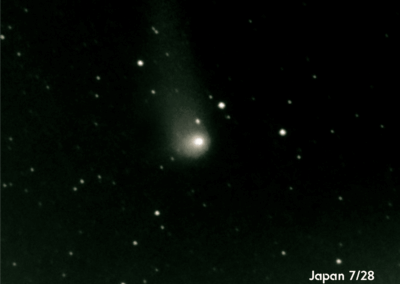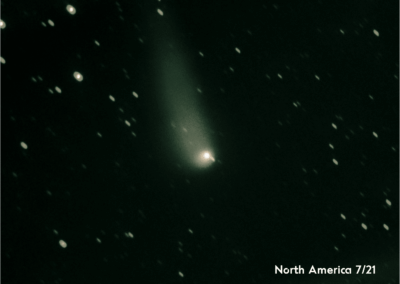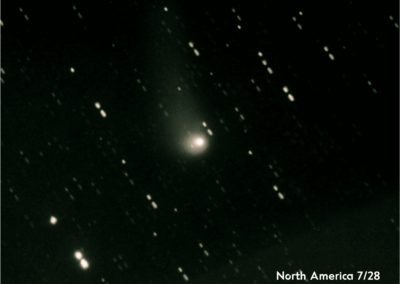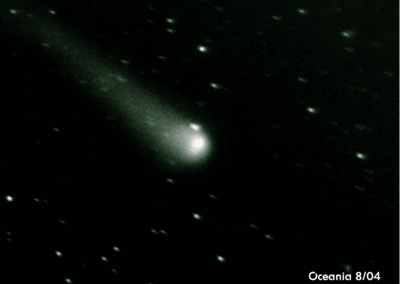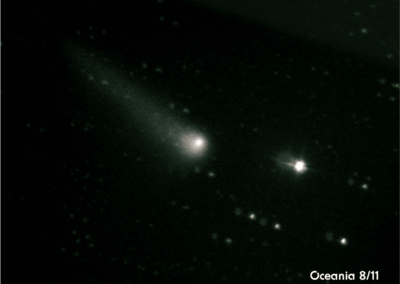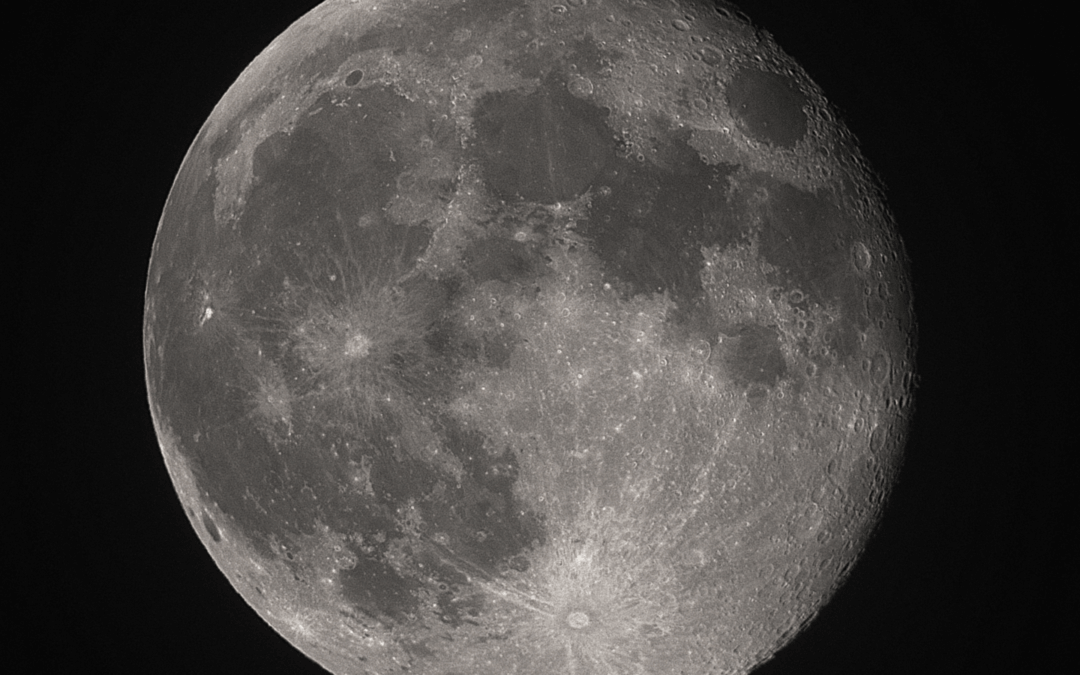Using data from Unistellar Citizen Astronomers, scientists at SETI have put together multiple Super Images of Comet C/2017 K2 PanSTARRS, which passed by Earth this July. These super-detailed images are created by combining data from dozens of observers across the globe. In addition to producing spectacular images of Comet K2, the data submitted by Citizen Astronomers allowed scientists to create a detailed light curve they can use to study how the comet changes over time.
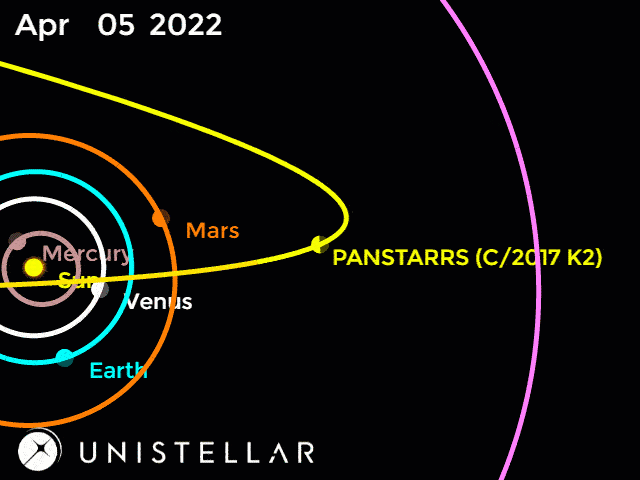
Comet K2 was found in 2017 as it hurtled inwards from the Oort Cloud, a distant part of the Solar System filled with comets and asteroids. The comet’s body began to sublimate, or turn from ice into gas, farther away from the Sun than almost any comet seen before. That created a massive coma, or dust cloud, surrounding the comet, which made it highly visible from Earth. Therefore, K2 became an exciting target for the Unistellar Network, especially as it made its closest approach to Earth on July 14.
Surrounding the close approach, 70 Unistellar Citizen Astronomers observed Comet K2 from locations around the world, including Japan, Oceania, North America and Europe. Over 4 nights, the Citizen Astronomers submitted enough data for eight separate Super Images, each of which is made from multiple individual observations and is far more detailed than a regular picture.
These high-quality images are allowing astronomers to observe how the comet’s brightness changed as it approached the Sun. These changes provide insights into how Comet K2 evolved during its inward approach, and allow us to better understand what was happening to it as the Sun warmed its surface. This data will also help astronomers anticipate how future comets will behave as they get closer to the Sun, making comet predictions even better.
Observe Comet K2 with your Unistellar Telescope
Though Comet K2 is heading away from Earth, never to return, it’s not too late to see it! The comet will be visible with your Unistellar Telescope until April 2024, so you have plenty of chances to catch a glimpse. Here’s how to find Comet K2:
- This comet is easy to observe since it is in the Unistellar App.
- Follow the HowTo Guide for A. The comet target is in the Unistellar app’s database.
- Observe Comet K2 for 10 minutes with the enhanced vision mode and 20 minutes with the scientific mode. Find more information on our Cometary Activity Campaign page.
- Don’t forget to submit a Comet Observation Report form after you have made your observation!
If you have any questions, please reach out to us at [email protected].
Further readings
3 Reasons to observe this month
Every month, discover three unmissable celestial events to observe with your Unistellar telescope.
Observing Eclipses on Jupiter: Cosmic Spectacles Through a Telescope
The latest Unistellar App Update, version V3.0, is now live. Explore a smooth stargazing experience !
Unistellar Community Included In Multiple Scientific Papers
Did you know Unistellar Citizen Astronomers are often cited in published scientific papers? Find out how you can contribute too!
What Are the Names of All the Full Moons in 2024?
Discover the enchanting names of the full moons in 2024. Delve into the unique character of each lunar spectacle and embrace the allure of the night sky.
New Unistellar App Update: Version 3.0
The latest Unistellar App Update, version V3.0, is now live. Explore a smooth stargazing experience !
What to Observe This November: Open Star Clusters and More
These Halloween deep-sky objects will add some light to those dark, spooky nights. Treats, tricks, and telescopes await!

